Off the southernmost point of Vancouver Island, tourists on whale watching boats gather in hopes of seeing the likes of humpback, killer, or grey whales.
But, sometimes, they can spot a rare and unexpected animal for this area: a sea otter.
Ollie, a single resident sea otter, can sometimes be frolicking in the waves at Race Rocks Island.
Sea otters used to be found all over the Pacific rim, from northern Japan to Baja, California. However, in the 18th and 19th centuries, excessive hunting for sea otters’ thick pelts decimated the population, and they were extirpated—made locally extinct—in Canada by 1930.
In the 1970s, sea otters were introduced back into Canadian waters, and the species has quickly rebounded and continue to expand their coastal range.
Sea otters are a prime example of a species that nearly went extinct because of human activity. Luckily, they’re also an example of how a species can recover if human behavior is changed.
Brian Starzomski, a conservation biologist at the University of Victoria, says that wildlife face the “Big Five” threats: overexploitation or overharvesting, habitat degradation, invasive species, pollution, and climate change.
The sea otters are a prime example of over-exploitation. At the time, there was a strong demand in Europe for thick pelts, and the unregulated hunting nearly drove them to extinction.
Land usage or habitat degradation is a huge factor impacting many endangered species in British Columbia.
Brian gave the example of coastal douglas fir or the south Okanagan’s deserts where much of the land has been transformed by urban development, deforestation, or farmland. Species like caribou or pygmy owls are very sensitive to habitat loss.
Brian also says that “BC has about 2700 native plant species, and we have 800+ invasive species.” For example, the Garry oak meadows around Victoria where Brian lives, are now 99% invasive grasses. Another example of an invasive species in BC are Pacific oysters from Asia that outcompete native Olympia oysters.
An iconic instance of pollution harming wildlife is the use of DDT DDT (Dichlorodiphenyltrichloroethane)A synthetic pesticide widely used for controlling insect diseases like malaria and typhus. Its persistence in the environment had adverse effects on wildlife. , an insecticide that was commonly used after WWII. The toxin was accumulating up the food chain and had devastating impact on birds of prey. Once the chemical was banned in 1985, species recovery began to improve. A contemporary example of pollution affecting the environment now, Brian says, is an excessive use of nitrogen fertilizers. These chemicals make their way into the waterways and contribute to toxic algal blooms and anoxia in freshwater ecosystems.
Lastly, climate change can threaten species in myriad ways. Less snow can mean less insulation for plants, which subsequently die from early spring frosts. Brian says that animals adapt by either moving poleward or further up in altitude. But for certain alpine species such as Vancouver Island marmots or pikas, climate changes spells a loss in critical habitat.
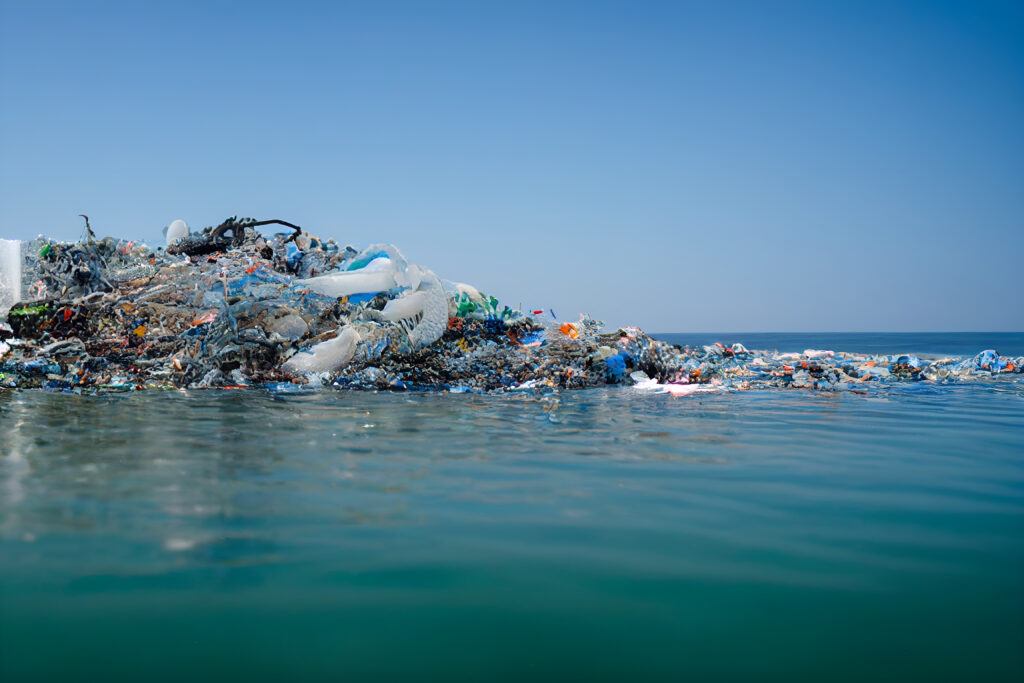
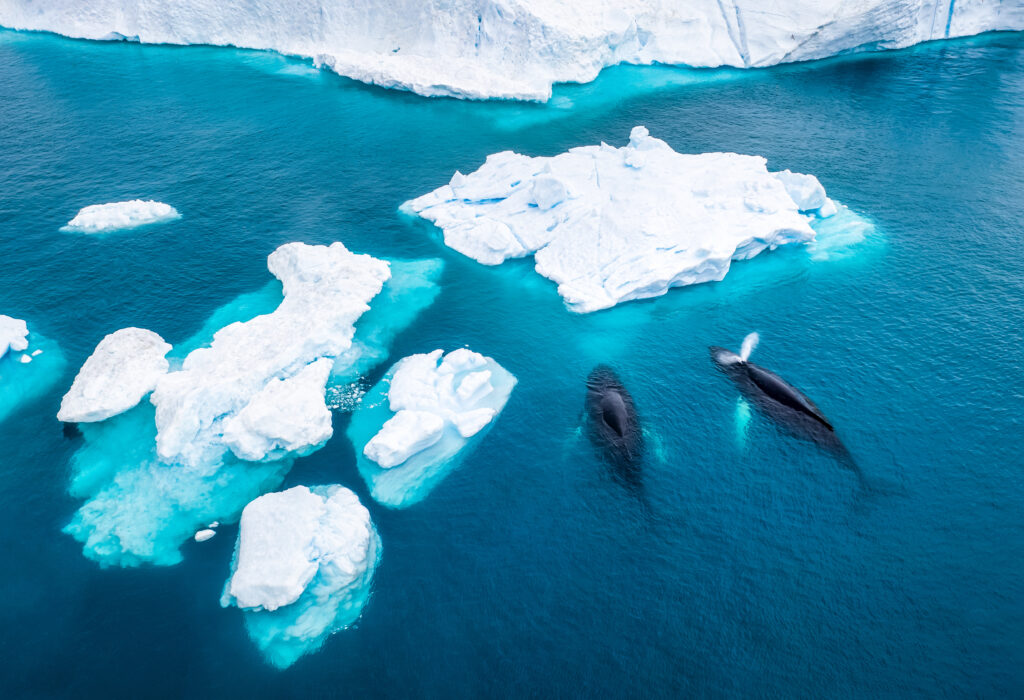
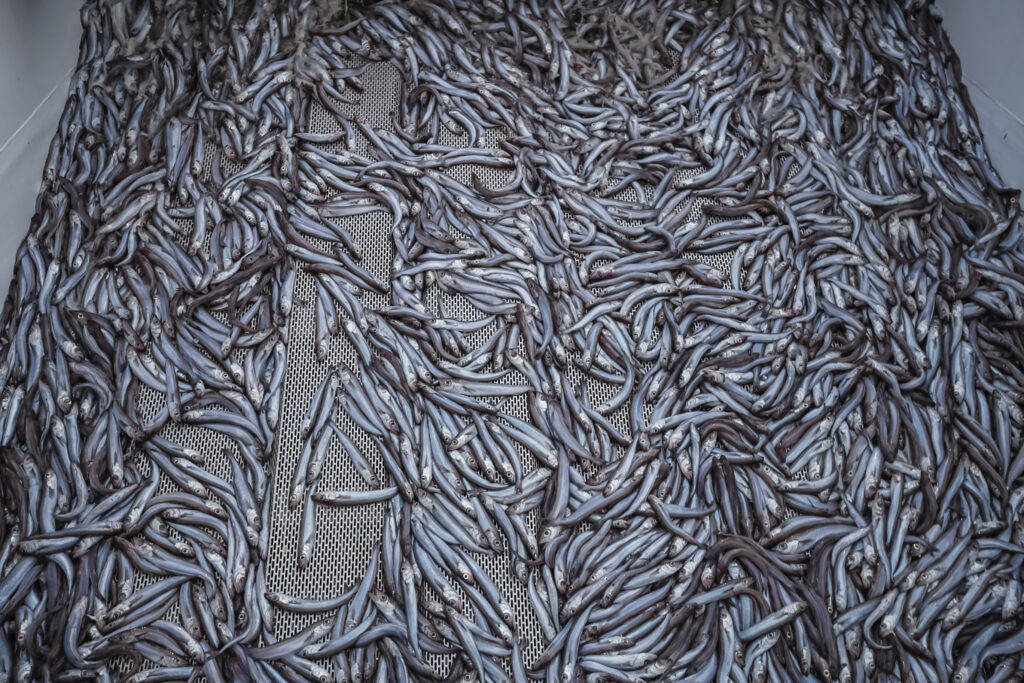
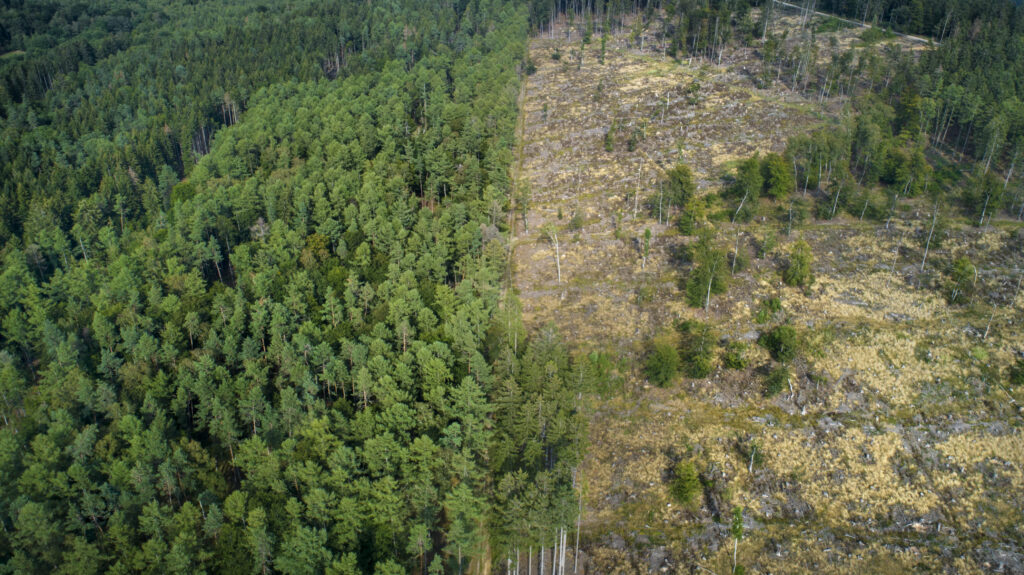
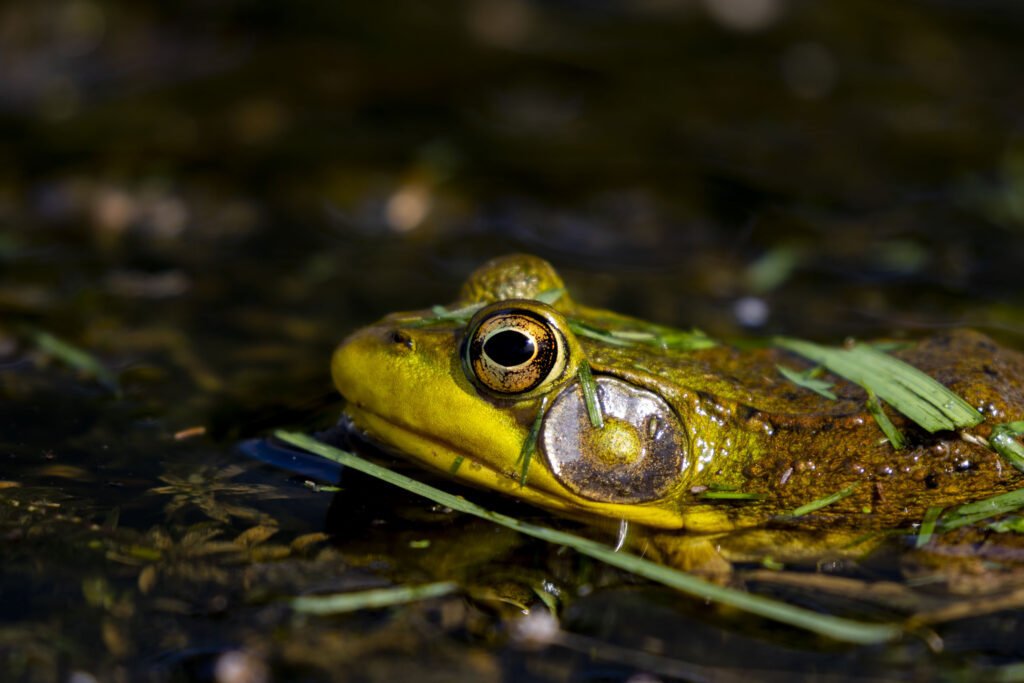
Some species, like BC’s salmon—chinook, coho, chum, sockeye, and pink, are affected by all of the above.
Their populations are depleted by overfishing, watersheds are either polluted or lost to land development, introduced farmed Atlantic salmon can spread diseases and parasites to native species, and climate affects the cold-water habitats crucial for salmon spawn.
While us humans have a heavy environmental footprint in a plethora of different ways, there are equally numerous ways to help out the environment. The gradual return or sea otters shows that not all hope is lost when it comes to saving our species.
Curious for more science behind biodiversity and climate change?
Explore solutions for regenerating our planet on Change Reaction.
